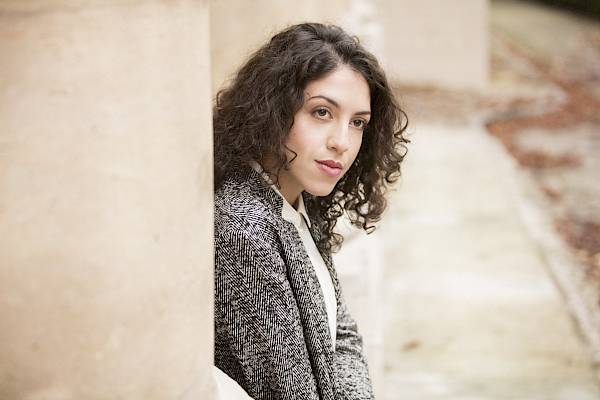Abstract
General music director Fabio Luisi and pianist Beatrice Rana continue their successful collaboration this February with the performance of a piano concerto by Ludwig van Beethoven, whose 200th birth anniversary is celebrated this year. His Fourth Piano Concerto in G Major is one of the giants of the genre: Written in 1805, the same year he wrote his Fifth Symphony and Sixth Symphony, the piano concerto is heavily suffused with symphonic gesture. The Allgemeine Musikalische Zeitung in Leipzig wrote at the time that it was the «wunderbarste, eigentümlichste und schwierigste» («most wonderful, most idiosyncratic, and most difficult ») of Beethoven’s piano concerti. The second half of the program, following the intermission, features two major works of the 20th century. Claude Debussy started composing La Mer (1905), one of his most popular works, not at the seaside, but rather in the vineyards of Burgundy, where he relied heavily on «countless memories» of water. La Mer is far removed from program music. It is instead an ode to nature, in which humankind plays no role. Wave forms resound, at turns jagged, smooth, or crinkled; a foaming wave appears only to disappear in the next moment. Debussy’s ebbing and flowing lead us to swaying of another kind: the lilting rhythm of the waltz. La Valse was written by Maurice Ravel in 1919 for a commission by Sergei Diaghilev, then the director of the «Ballets russes». The theme was meant to be «Vienna and its waltzes», but Ravel, still reeling from the horrors of World War I, didn’t write a sentimental waltz. His rendering of the three-four time dance incessantly falls out of step, growing ever more distorted before it ultimately falls apart.




